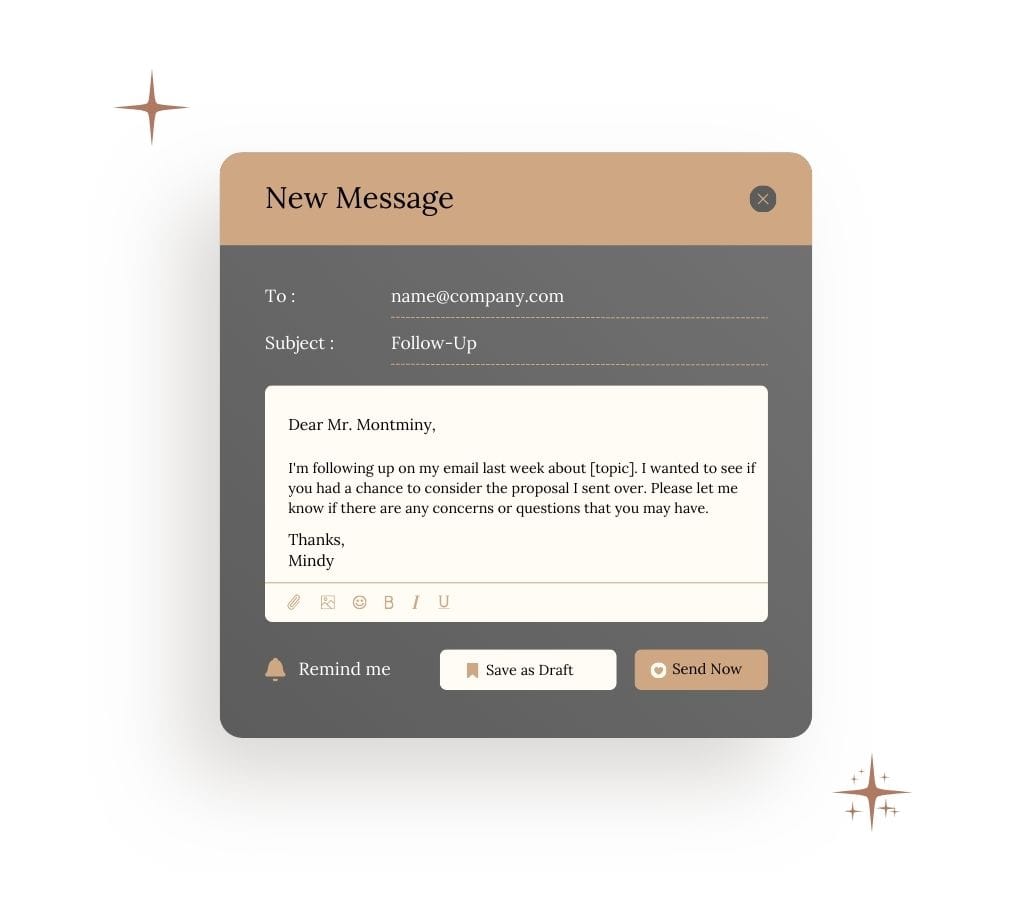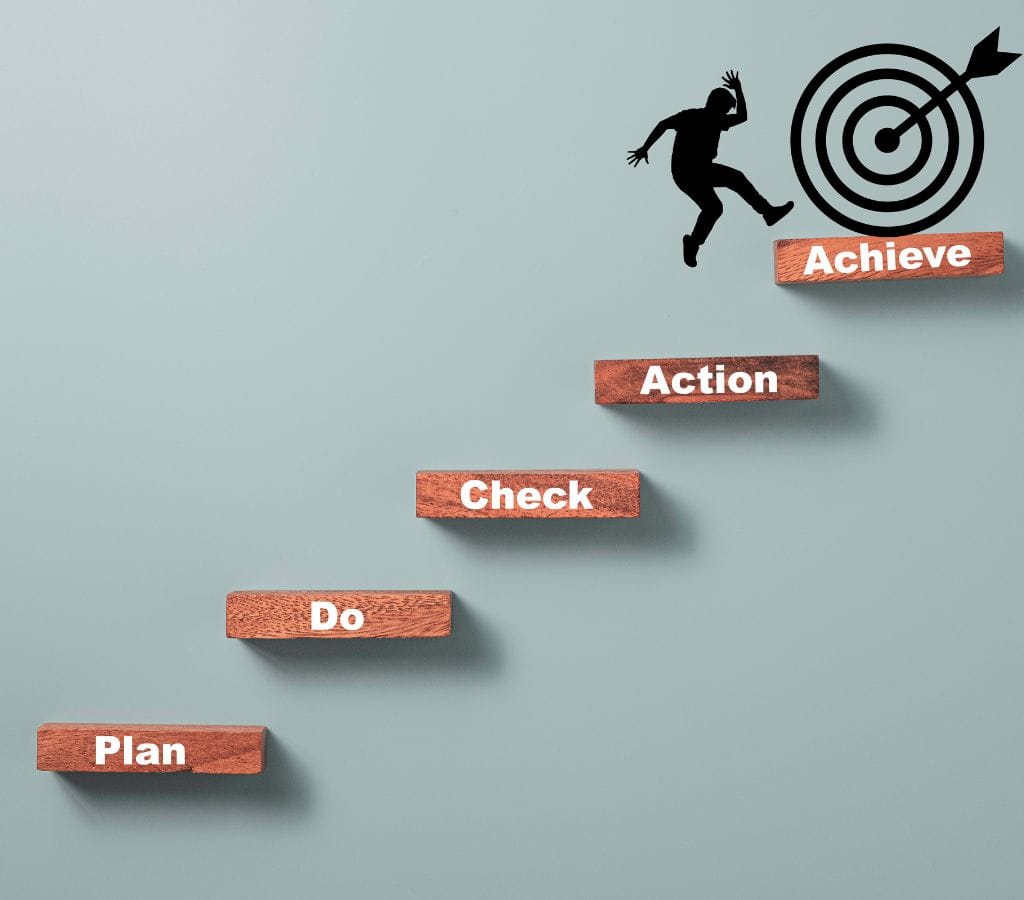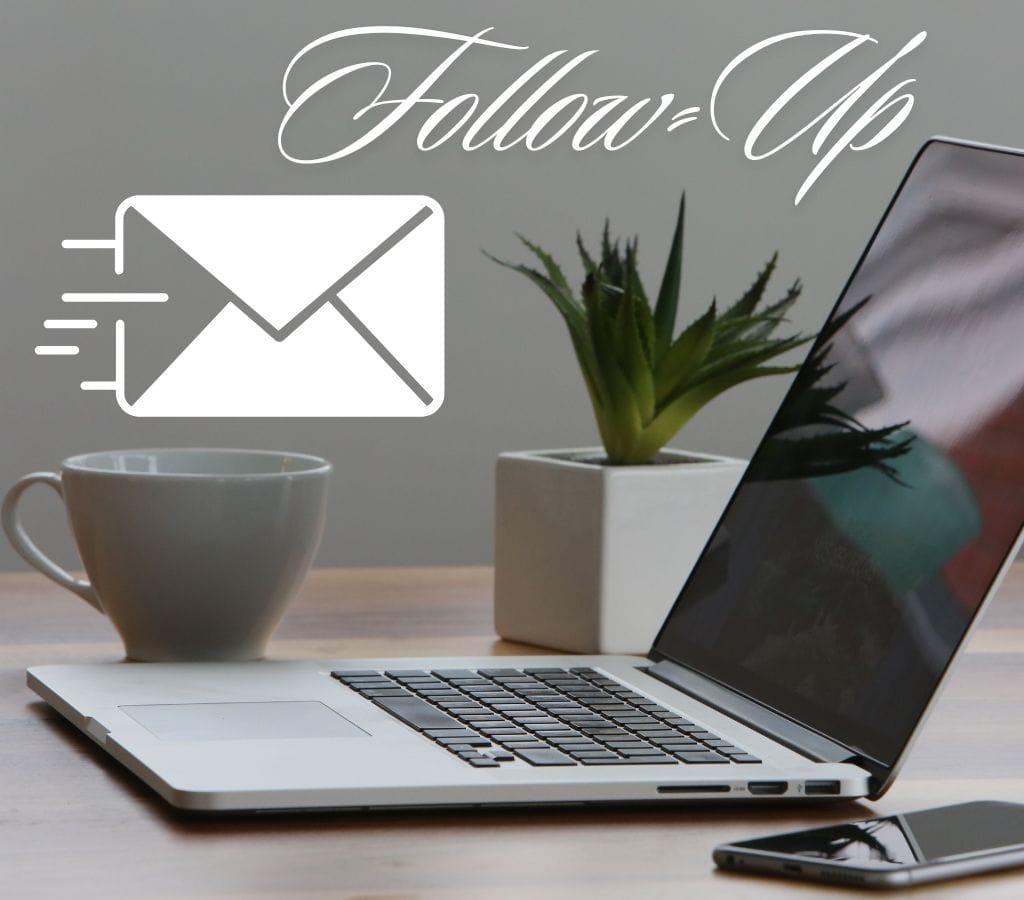Sending a follow-up email and not getting a response is something that many of us have felt frustrated about.
This can be particularly disheartening, especially if the email is important or time-sensitive.
In this case, a follow-up email can be a lifesaver. But how do you write a follow-up email that is both polite and effective?
So, we will delve into the art of writing a follow-up email, providing you with actionable tips, examples, and templates to help you navigate this often tricky situation.
Why Send a Follow-Up Email?
Before we dive into the nitty-gritty of writing a follow-up email, it's essential to understand why sending one is crucial. So, here are a few compelling reasons:
- Re-Engagement: A follow-up email serves as a gentle reminder to re-engage the prospect, providing them with an opportunity to reconsider their decision or respond to your initial message.
- Value Addition: By offering additional information or value, you can rekindle interest and make your email more relevant to the recipient.
- Professionalism: Sending a follow-up email also demonstrates your professionalism and commitment to the conversation, which can help maintain a positive relationship.

How to Write a Follow-Up Email?
Writing a follow-up email is an art that requires finesse. So, here are the key steps to follow:
1. Personalized Greeting
The first step in writing a follow-up email is to craft a personalized greeting. This also helps establish a friendly tone and grabs the recipient's attention.
For Example: “Hey David” or “Hi [name].”
2. Hint About Last Interaction
Mentioning the last interaction helps jog the recipient's memory as well as provides context.
For Example: “I really enjoyed our phone call last week discussing [topic].” or “Just following up on the emails we exchanged last month about [topic].”
3. Clear Subject Line
Your subject line should be clear and concise, also summarizing the purpose of your email.
For Example: “Re: Proposal for [Project Name]”
4. Polite Opener
Start your email with a polite opener that avoids clichés and also maintains a sincere tone.
For Example: “Hi [name], I hope this email finds you well.”
5. Acknowledge Their Time
Acknowledge the recipient's busy schedule as well as express understanding.
For Example: "I am aware that you are likely preoccupied, but I'm writing to enquire about the status of my previous email concerning [topic]."
6. Provide Additional Information
Offer any necessary details or additional information that might address their questions or concerns.
For Example: “I wanted to provide some additional information regarding the proposal I sent over last week. Please find attached a detailed breakdown of the costs and benefits.”
7. Polite Closing
End your email with a polite closing, expressing gratitude and also maintaining a positive tone.
For Example: “Thank you for your time and consideration. I look forward to your response.”
8. Call to Action
Clearly state what you want the recipient to do next. In addition, make it easy for them to respond by providing specific actions or deadlines.
For Example: “Please let me know if you need any further information or if you'd like to proceed with the project. I'd appreciate your response by the end of this week.”
9. Signature and Contact Information
Include your signature and contact information in order to make it easy for the recipient to get back to you.
For Example:
“Best regards,
[Your Name]
[Your Position]
[Contact Information]”

Follow-Up Email Templates
Here are some templates for different types of follow-up emails:
Follow-Up Email After No Response
1st Follow-Up Email – (Send 3 days after initial outreach email)
Re: Same subject line as the original email
Hi [name],
I'm following up on my email last week about [topic].
I wanted to see if you had a chance to consider the proposal I sent over.
Please let me know if you have any concerns or questions.
Thanks,
[Your Name]
2nd Follow-Up Email – (Send 4-5 days after the first follow-up)
Re: Same subject line as the original email
Hi [name],
I'm circling back on the proposal I sent over last week regarding [topic].
I know things can get busy, so I wanted to touch base and make sure you received the information okay.
Please let me know if you need me to resend anything or if you have any other questions.
Let me know if we can discuss this before the end of this week.
Looking forward to your reply,
[Your Name]
3rd Follow-Up Email – (Send 7 days after the second follow-up email)
Re: Same subject line as the original email
Hi [name],
I wanted to follow up one last time about the proposal I sent over on [date] regarding [topic] and [how it could help them/solve a pain point].
I know you're very busy, but I am interested in moving forward with this project.
If you could let me know whether you'd like to proceed or not, I'd greatly appreciate it.
If there's someone else on your team I should be speaking with instead, please let me know.
Thanks,
[Your Name]
Interview Follow-Up Email
Hi [name],
I hope this email finds you well.
I'm writing to follow up on our interview last week regarding the [position] role at [company]. I truly enjoyed our conversation and believe I would be a great fit for the team.
Could you please let me know the next steps in the process?
Thank you for your time and consideration.
Best regards,
[Your Name]
Sales Follow-Up Email
Hi [name],
I hope you're doing well. I wanted to follow up on my previous email regarding the [product/service] we discussed.
We should set up a meeting to discuss this further because I think our idea could be an immense asset to your company.
Please let me know if you're available this week.
Thank you,
[Your Name]
Meeting Follow-Up Email
Hi [name],
I hope you're well. I wanted to follow up on our meeting last week regarding the [project] proposal.
In my opinion, this initiative has great potential, and I would be delighted to talk with you about what comes next.
So, please let me know if you're available this week.
Thank you,
[Your Name]
Networking Follow-Up Email
Hi [name],
I hope you're well. I wanted to follow up on our networking event last week.
The conversation we had was fascinating, and I think we could work together on some innovative projects. Could you please let me know if you're interested in connecting further?
Thank you,
[Your Name]
Proposal Follow-Up Email
Hi [name],
I hope you're well. I wanted to follow up on my proposal for [project] that I sent over last week.
Let me know if you would like to explore the specifics further; I am confident that our solution might be very beneficial to your company.
Please let me know if you're available this week.
Thank you,
[Your Name]
Invoice Follow-Up Email
Hi [name],
I hope you're well. I wanted to follow up on my invoice for [amount] that I sent over last week.
I'm sure you're probably swamped, but it would mean a lot to me if you could get this resolved quickly.
Thank you,
[Your Name]
Marketing Follow-Up Email
Hi [name],
I hope you're well. I wanted to follow up on my marketing campaign for [product/service] that I sent over last week.
Our solution has the potential to significantly enhance your business, and I am eager to discuss the specifics in a more in-depth conversation.
Please let me know if you're available this week.
Thank you,
[Your Name]
Polite Follow-Up Email
Hi [name],
I hope you're well. I wanted to follow up on my previous email regarding [topic].
Although I know you must have a lot on your plate, I felt it was necessary to bring this issue to your attention again.
Please let me know if you have any questions or need further information.
Thank you,
[Your Name]
Discovery Call Follow-Up Email
Hi [name],
I hope you're well. I wanted to follow up on our discovery call last week regarding [project].
It was a pleasure talking with you, and I think we should proceed with this project. Could you please let me know if you're available for a follow-up call this week?
Thank you,
[Your Name]
Inquiry Follow-Up Email
Hi [name],
I hope you're well. I wanted to follow up on my inquiry regarding [product/service] that I sent over last week.
Our solution has the potential to significantly enhance your business, and I am eager to discuss the specifics in a more in-depth conversation.
Please let me know if you're available this week.
Thank you,
[Your Name]

Best Practices for Sending Follow-Up Emails
- Timing: Space out your follow-ups appropriately. Waiting at least a week before sending a second follow-up is often recommended.
- Subject Line: Ensure your subject line is clear and concise, as well as summarizing the purpose of your email.
- Personalization: Use the recipient's name and reference previous interactions to personalize your email.
- Value Addition: Provide additional information or value to rekindle interest and make your email more relevant.
- Call to Action: Clearly state what you want the recipient to do next, making it easy for them to respond.
- Professionalism: Maintain a professional tone throughout the email, avoiding emotional or pushy language.
- Signature and Contact Information: Include your signature and contact information to make it easy for the recipient to contact you.

Common Mistakes to Avoid
- Overwhelming the Recipient: Avoid sending too many follow-up emails in a short span, as this can overwhelm the recipient.
- Lack of Personalization: Failing to personalize your email can make it seem impersonal and less effective.
- Poor Subject Line: A poorly crafted subject line can lead to your email being marked as spam or ignored.
- No Call to Action: Failing to clearly state what you want the recipient to do next can lead to confusion and inaction.
- Unprofessional Tone: Using an unprofessional tone can damage your relationship with the recipient and make them less likely to respond.
In conclusion, writing an effective follow-up email requires a strategic approach. By personalizing your greeting, hinting at previous interactions, providing additional value, and clearly stating your call to action, you can significantly increase the chances of getting a response. In addition, remember to maintain a professional tone and avoid overwhelming the recipient with too many emails. With these tips and templates, you'll be well-equipped to handle even the most challenging follow-up scenarios.

